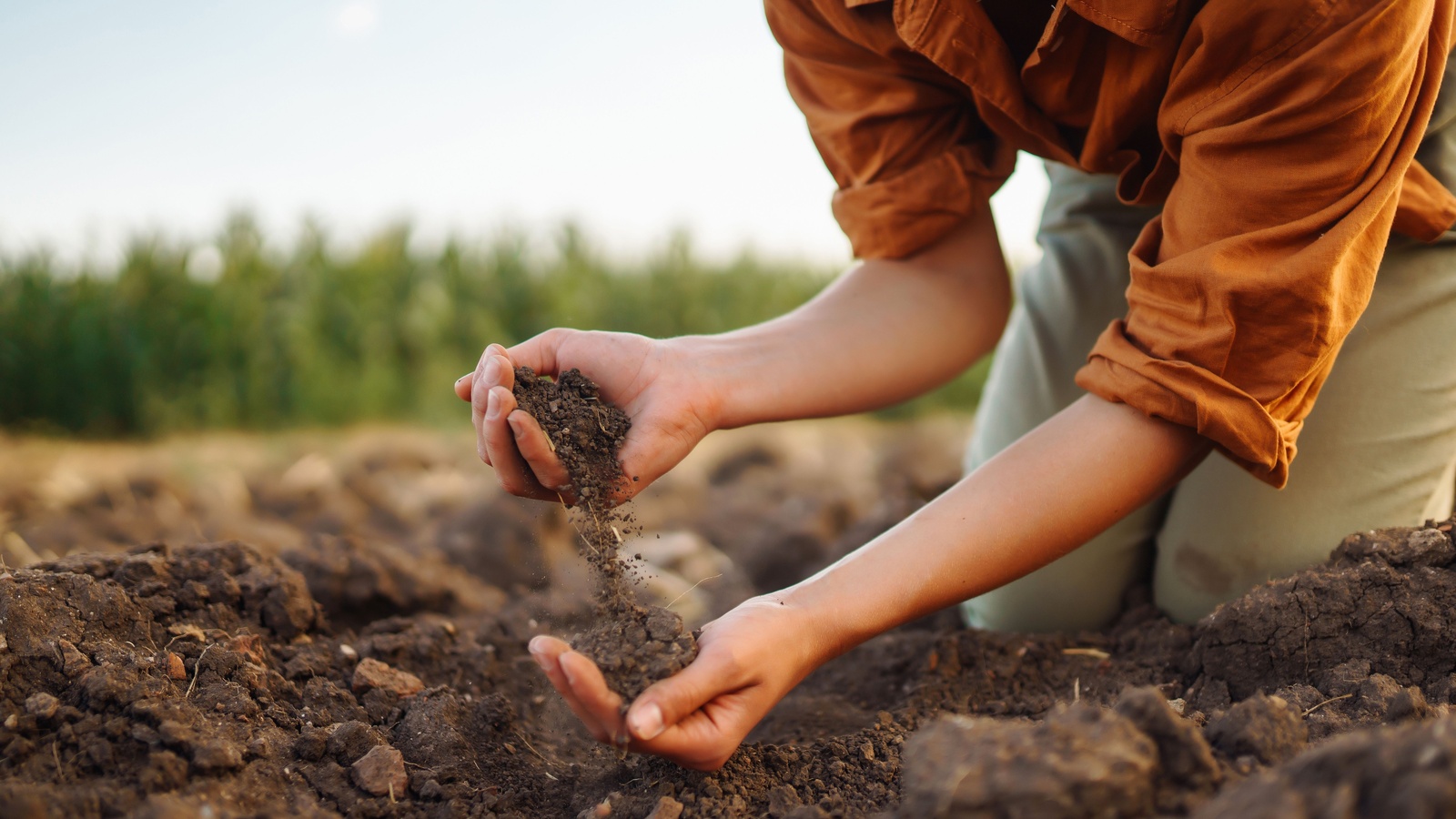The Top Reasons Soil Is So Important to Our Health
When it comes to healthy eating, we often look at the finished product.
Our salad made with organic lettuce…
Our homemade hummus made with lemons from the garden…
Our farmer’s market berries that taste like candy…
We want to challenge you to think beyond what you see on your plate. Back past where you purchased your produce, all the way to where it actually began - in the ground! Healthy soil is the foundation of a thriving ecosystem and, by extension, our food system. But what exactly is "healthy" soil, and why is it so crucial to the quality of the food on our plates?
What is soil health?
Healthy soil is far more than just dirt. It’s a complex, living ecosystem brimming with life—microorganisms, fungi, bacteria, earthworms, and countless other organisms that interact in a delicate balance. This underground community plays a vital role in breaking down organic matter, cycling nutrients, and creating the conditions necessary for plants to thrive.
When soil is healthy, it contains a rich diversity of these microorganisms, as well as ample organic matter. It has good structure, meaning it can retain moisture and nutrients while allowing roots to penetrate deeply. This structure also enables soil to resist erosion, helping to maintain the integrity of the land. Healthy soil is like a well-tuned engine, powering the growth of crops and ensuring they have access to the nutrients they need.
Why does soil health matter to our food?
The health of our soil directly impacts the quality of the food we grow. Plants draw their nutrients from the soil, so when soil is rich and fertile, crops are more nutrient-dense. They contain higher levels of vitamins, minerals, and beneficial compounds that contribute to our health and well-being. On the other hand, when soil is depleted, the food it produces is often lacking in these vital nutrients, even if it looks good on the outside.
But the benefits of healthy soil extend beyond nutrition. Healthy soil also produces crops that are more resilient to pests, diseases, and extreme weather conditions. This resilience is crucial in an era of climate change, where food security is increasingly at risk. When our soil is healthy, our food system is more sustainable, ensuring a reliable supply of nourishing food for generations to come.
What are the threats to soil health?
Despite its importance, soil health is under threat. Modern industrial farming practices, such as the excessive use of chemical fertilizers and pesticides, monocropping, and heavy tillage, have led to widespread soil degradation. These practices disrupt the natural balance of the soil, killing off beneficial organisms and depleting the organic matter that makes soil fertile.
Monocropping—growing the same crop year after year—strips the soil of specific nutrients, leading to an over-reliance on synthetic fertilizers to replace what’s been lost. These fertilizers may provide short-term boosts to crop yields, but they don't contribute to long-term soil health. In fact, they can exacerbate problems by altering soil pH, disrupting microbial activity, and leading to nutrient imbalances.
Pesticides, while effective at controlling pests, often kill beneficial insects and microorganisms as well, further diminishing soil vitality. Over time, these practices can lead to a cycle of dependency on chemical inputs, reducing the natural fertility and resilience of the soil.
Regenerative farming
To counteract these damaging practices, regenerative farming offers a sustainable alternative. This approach focuses on restoring and maintaining soil health through practices that mimic natural processes. Key principles of regenerative farming include:
-
Diverse crop rotations: Planting a variety of crops in succession to enhance soil fertility and reduce pest and disease pressures.
-
Cover cropping: Growing cover crops during off-seasons to prevent soil erosion, improve soil structure, and add organic matter.
-
Reduced tillage: Minimizing soil disturbance to preserve its structure and the habitats of beneficial organisms.
-
Composting and organic amendments: Using compost and other organic materials to nourish the soil, improve its structure, and increase its ability to retain moisture and nutrients. Learn 4 simple steps for DIY composting here.
-
Agroforestry and perennial props: Integrating trees and perennial plants (plants that live more than two years) into farming systems to enhance biodiversity and soil health.
By implementing these regenerative practices, farmers can rebuild soil fertility, reduce their reliance on chemical inputs, and create more resilient agricultural systems. This, in turn, leads to healthier, more nutritious food for us!
Soil health isn’t just a concern for farmers—it’s something that affects us all. As consumers, we can support soil health by choosing foods grown using sustainable practices, whether they’re certified organic, biodynamic, or from farms committed to regenerative methods. Supporting local farmers who prioritize soil health and buying seasonal produce can also make a difference.










